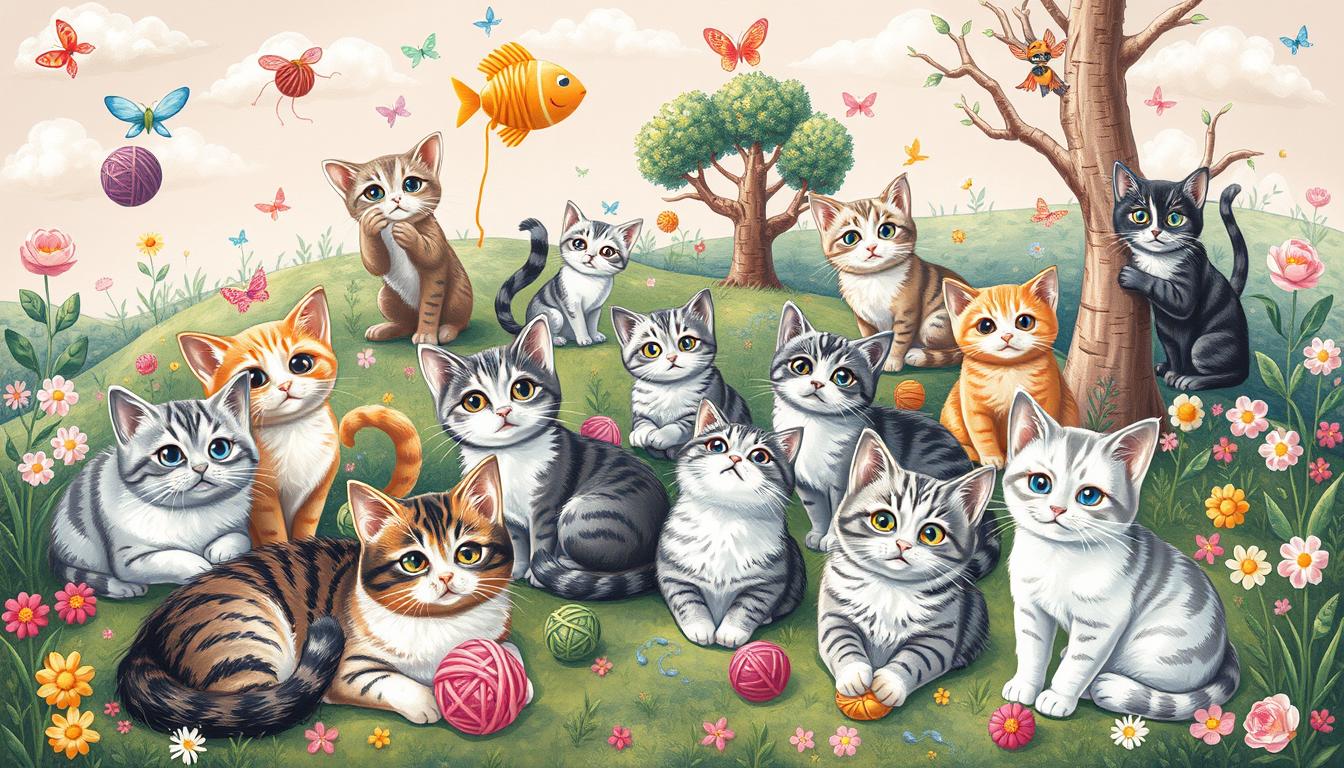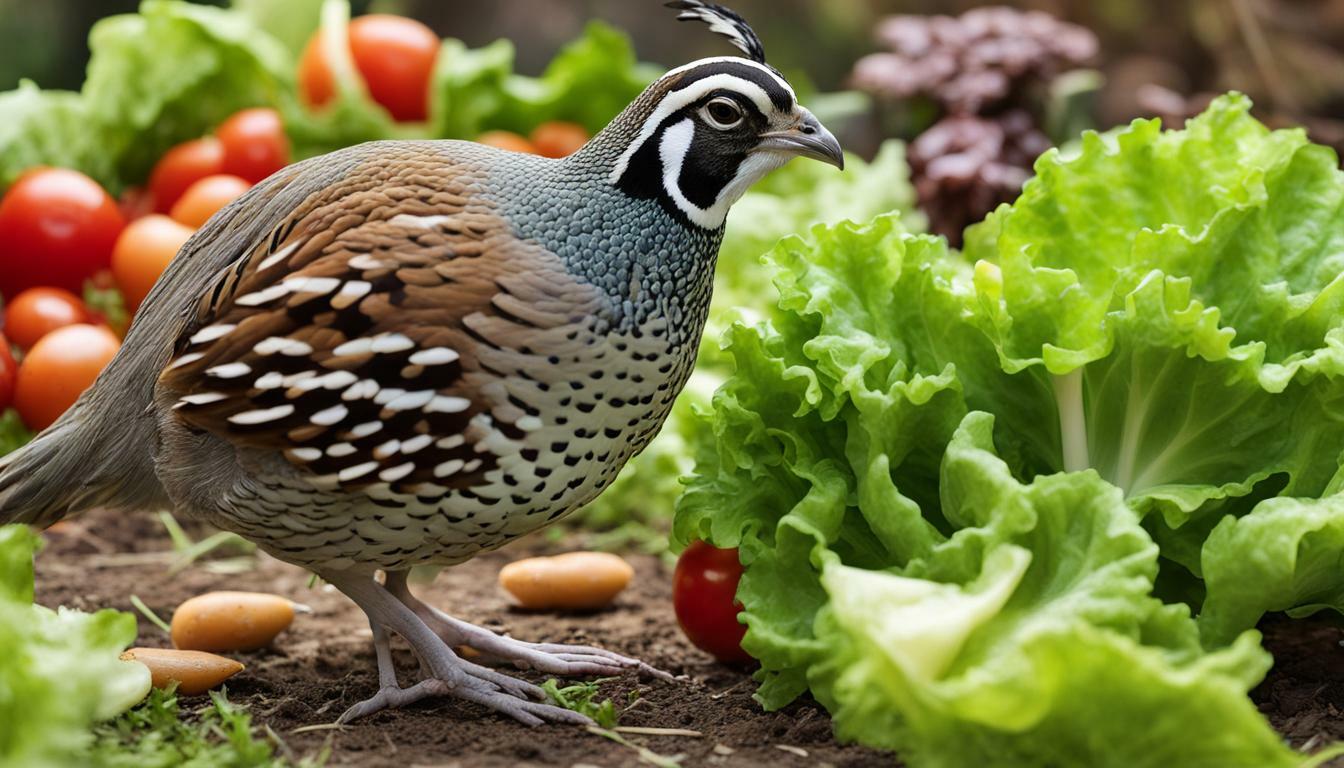What Color Are Rabbit Eyes? Uncover the Mystery

Table of content:
Rabbits are popular pets that are found in many households. Their curious and energetic nature makes them fun companions. An interesting trait of rabbits is their eyes, which can come in different colors. But what determines the eye color of bunnies? And what do the different eye shades mean?
Typical Rabbit Eye Colors
The most common eye color for rabbits is brown. Brown eyes are found in wild rabbits and also in common domestic breeds like the Netherland Dwarf. The brown eye color provides camouflage for wild rabbits in their natural habitats.
Other frequent eye shades seen in rabbits include:
- Red – Often found in albino rabbits. It is caused by blood vessels showing through the iris since there is a lack of pigment.
- Blue – Occurs in breeds like the Vienna Blue. It is a dilution of the black eye color.
- Pink – Common in ruby-eyed white rabbits. It occurs when the eyes lack pigmentation.
- Black – Seen in breeds like the Dark Chinchilla Giant. It is the darkest iris shade.
- Odd-eyes – One eye is brown while the other is blue. Seen in breeds like the English Spot.
What Determines a Rabbit’s Eye Color?
A rabbit’s eye color is determined by genetics and pigmentation. Here are some of the key factors:
- Melanin – This pigment gives color to a rabbit’s fur and eyes. More melanin leads to darker eye colors.
- Tyrosinase – An enzyme involved in melanin production. Its amount affects shade.
- Genes – Genes like the albinism gene cause a lack of pigment and red/pink eyes.
- Breed – Specific breeds have defining eye colors like blue for the Himalayan.
The interplay between these factors leads to the final eye color that a rabbit inherits. This is why breeds have predictable, common eye shades that are passed down.
Do Rabbits Have Poor Eyesight?
Many people wrongly assume rabbits have poor vision based on their eye placement. However, rabbits have excellent eyesight that adapted for their survival. Here are some vision advantages rabbits possess:
- Panoramic view – Rabbits have eyes located on the sides of their head. This gives them a panoramic field of view spanning almost 360 degrees. They can see behind themselves without turning their head!
- Motion detection – A rabbit’s peripheral vision allows it to easily detect motion. This helps alert them to predators.
- Seeing behind – Having eyes on the sides means rabbits have a blind spot in front of their face. But they compensate by having good vision for seeing behind.
- Crepuscular vision – Rabbits are crepuscular, meaning they are most active at dawn and dusk. Their eyes adapt well to see in dim light.
- Color vision – Studies show that rabbits can see some color hues like green, blue and ultraviolet light. But they are red-green colorblind.
So while rabbit eyes may look unusual, they confer important visual advantages that serve rabbits well in the wild and as pets. Their eye positioning and color vision are adapted to their lifestyle.
What Do Different Rabbit Eye Colors Mean?
The different eye shades seen in rabbits can signify certain traits and genetics. Some colors are completely normal while others can reflect health issues.
Brown Eyes
The most common eye color seen in wild and domestic rabbits. Brown irises contain melanin and provide natural camouflage. They indicate the rabbit has normal pigment. Brown is a dominant eye shade that can mask other colors.
Blue Eyes
A dilution of the black eye color results in a blue hue. It is commonly seen in rabbit breeds like the Vienna Blue. While unusual, it is a normal eye shade for these breeds. Blue irises are attractive but do not indicate anything abnormal.
Red Eyes
Red or ruby eye color occurs when the iris lacks pigment, allowing blood vessels to show through. It typically occurs in albino rabbits due to a lack of melanin production. While startling, red is normal for albino rabbits and does not by itself indicate issues.
Pink Eyes
Pink eyes are found in rabbits with a gene that prevents any pigment from developing in the eyes. This is seen in breeds like the Ruby Eyed White. The resulting pink/red color is normal. However, it can make the rabbit more sensitive to light.
Odd-Eyes
This refers to one eye being brown while the other is blue. It is common in breeds like English Spots. The difference occurs due to varied melanin concentrations between eyes. Odd-eyes do not impair vision and are harmless.
Cloudy Eyes
A bluish-white film over the eyes indicates cataracts. Cloudiness in one or both eyes impairs vision and requires veterinary care. It usually occurs from genetics but can also develop from diabetes or eye trauma.
Runny Eyes
Watery eyes with discharge can reflect conjunctivitis or infection. It needs evaluation to determine the cause and proper treatment. Nasolacrimal duct blockage can also cause runny eyes in rabbits.
Uveitis
Inflammation of the uvea, middle layer of the eye. Causes eye redness, pain, and excess tear production. Typically occurs from trauma, infection or migration of gut parasites to the eye. Requires prompt veterinary treatment.
Caring for Rabbit Eyes
Rabbits rely heavily on their vision to navigate the world. As prey animals, eye problems leave them vulnerable. Here are some tips for ensuring eye health:
- Annual exam – Have your rabbit’s eyes examined yearly for issues like cataracts. Early detection improves outcomes.
- Cleanliness – Gently wipe eyes clear of discharge daily using warm water. Seek vet help if it persists.
- Hygiene – Keep litter boxes clean to avoid ammonia irritation or infection.
- Nutrition – Provide a diet with vitamin A to promote good vision. Carrots are an excellent choice!
- Safety proof – Rabbits are curious but fragile. Protect their eyes by removing electrical cords and covering sharp edges.
- Screen time – Limit direct sun exposure or bright lights which can strain sensitive eyes over time. Provide shade.
With attentive care and wellness visits, your rabbit can enjoy excellent vision well into its senior years! Protect those eye colors!
FAQs About What Color Are Rabbit Eyes?
Why are my rabbit’s eyes two different colors?
If your rabbit has two different colored eyes, one brown and one blue, it is referred to as odd-eyed. This harmless condition is often seen in breeds like English Spots. It simply reflects varied melanin levels between the eyes.
What does it mean if my rabbit’s eyes are red?
Red eyes in rabbits occur when the iris lacks pigment, allowing blood vessels to show through. This is common in albino rabbits due to their inability to produce melanin. While unusual looking, red is a normal eye color for albinos. It does not by itself indicate a medical problem.
Why do some rabbits have black eyes?
Black is the darkest pigmentation seen in rabbits. It occurs when the iris contains a high concentration of melanin granules. Black eyes are dominant over other shades and are common in rabbit breeds like the Dark Chinchilla Giant. They confer natural camouflage.
Should I be concerned about blue eyes in my rabbit?
Blue eyes may look unusual but are actually normal in certain breeds like the Himalayan. The blue hue is caused by a dilution of the black eye color due to lower melanin. By itself, blue does not indicate any health issues. It is simply an inherited trait in some rabbits.
How can I tell if my rabbit is having vision problems?
Signs your rabbit may have impaired vision include bumping into objects, reluctance to move around, inability to find food, falling down ledges, and abnormal head positioning. Have your rabbit’s eyes fully evaluated by a vet if these occur. Cataracts, glaucoma and other issues can affect sight.
Final Thoughts
Rabbits come in a variety of breeds that exhibit different eye shades. While unusual colors like red or blue may seem concerning at first, they are completely normal for certain breeds. Eye color is determined by genetics, melanin concentration, and other factors. Some colors serve important purposes, like the brown camouflage of wild rabbits. With proper lifelong care and wellness checks, rabbits can maintain excellent vision to match their colorful eyes. Respect your rabbit’s vision by rabbit-proofing your home and bringing them to the vet for regular eye exams.
Welcome. I’m Adreena Shanum, the proud owner of this website, and I am incredibly passionate about animals, especially poultry. I founded adreenapets.com as a labor of love, stemming from my desire to share my knowledge and experiences with poultry enthusiasts worldwide.




